Looking for a way to get better broadband in a rural part of the UK?
In this guide, we’ve looked at five of the best rural internet solutions on the market at the moment, including 4G, fixed-wireless, and satellite broadband options.
Later in the article, we’ve also explained what you need to know when shopping for a rural broadband solution.
Best rural broadband
Below, we’ve looked at five of the best ways to get online in the countryside you can use at the moment.
1. Three 4G Hub
If you can get Three 4G signal at your address (check using their coverage checker), their 4G Hub router is a great way to get faster internet in the countryside.
Just like a regular WiFi router, the 4G Hub creates a hotspot you can use to get online throughout the house. However, rather than connecting to your phone socket, it takes a SIM card, which is included when you buy, and establishes an internet connection using the mobile network.
Three 4G Broadband has very low monthly costs, lower than most fibre broadband plans, and comes with unlimited data, which is nice.
It’s also very easy to set up – no engineer visit is needed, and Three includes a 30-day return policy, allowing you to set it up and test what the speeds are like, before committing to the 24 month contract.
Using this router, from our testing, we were able to get download speeds of around 30-50 Mbps, which is plenty for most families.
The downside to the 4G Hub is, you need good indoor 4G signal from Three at your address, which isn’t always available in very remote locations.
You can check your signal using the Three coverage map.
Pros
- Very low monthly costs.
- Comes with unlimited data.
- Can test it out for 30 days.
- Fast download speeds.
Cons
- Requires strong Three 4G signal.
2. National Broadband
National Broadband offers something very similar to the 4G Hub, except their service is more focused on rural locations.
Instead of just using a single network, this provider has access to all of the big four mobile carriers in the UK.
Meaning, they’ll choose between Three, EE, Vodafone, and O2, based on which has the best signal and speeds at your address.
They’ll do an in-depth site survey, to plan the best way to deliver fast broadband where you live.
Because their service is more hands-on, 4G internet from National Broadband is more expensive compared to buying from Three directly. However, they still offer unlimited data and fast download speeds, and they also have a much larger range of contract lengths to choose from.
Plus, if you live somewhere with really weak signal, they’ll install an external antenna on your house to help you get faster, more consistent speeds, although this does cost a bit more.
Pros
- Fast download and upload speeds.
- Comes with unlimited data.
- Good range of plans, including an option with an external antenna.
- Will choose the best mobile network for your property.
Cons
- Can be a bit expensive.
3. Airband Fixed Wireless Broadband
Airband is the fastest rural broadband provider on the market at the moment.
Their fixed wireless technology is a bit similar to 4G internet. They’ll install an external antenna on your house, and transmit internet using radio waves.
The difference is, fixed wireless internet is capable of much faster download speeds. Airband has three plans available, the fastest of which offers 400 Mbps – faster than many fibre broadband tariffs.
Unlimited usage is included as standard, and while Airband isn’t the cheapest, their monthly fees are quite reasonable given the speeds that they offer.
The drawback to this provider is they’re not available nationwide. Their coverage is focused around Cornwall, South Wales, the West Midlands, Shropshire, and Herefordshire.
Check if your address is covered on the Airband website.
Pros
- Very fast download speeds.
- Reasonable monthly costs.
- Includes unlimited data.
Cons
- Not available everywhere.
4. Gigaclear (or other altnets)
Many aren’t aware of this, but there are a number of small fibre broadband providers, separate to Openreach, that focus on servicing rural areas.
One example of these “altnets” as they’re called is a company called Gigaclear.
They offer ultrafast fibre speeds of up to 900 Mbps, with symmetrical downloads and uploads, for a very low monthly cost – though there is an activation fee.
Gigaclear’s coverage is primarily focused in the South East and South West of England, forming a rough triangle with Peterborough, Exeter, and Norwich at its corners.
In other areas, other rural broadband providers are doing a similar thing. For example, B4RN is an independent fibre provider servicing areas around the Lake District.
If you can get full fibre from a company like Gigaclear or B4RN, this will likely offer the fastest, most consistent way of getting online. However, these services are only available in certain parts of the countryside at the moment.
Pros
- Extremely fast downloads and uploads.
- Very low monthly costs.
- More consistent than using wireless internet.
Cons
- Limited availability.
5. Starlink
For very remote locations, with no mobile signal, Starlink can offer a good way to get online.
It offers fast download speeds, around 100 Mbps on average, in areas with no other broadband service.
Starlink is the market leader in this space at the moment. There are one or two other satellite broadband companies, but their speeds are nowhere near as good, because they don’t use low-orbit satellites like Starlink does.
The problem is, satellite internet is very expensive. The monthly costs are around twice as high as Airband’s fastest plan, and there is quite a large investment required to buy the satellite dish – not to mention, you’ll need to install it most likely on the roof, which can be a bit of a process.
Also keep in mind, you will need to orient the dish towards the north. So, the northern horizon cannot be blocked by trees or other obstacles on your property. You can’t use Starlink in a deep valley, for example.
Pros
- Works in very remote locations.
- Offers good speeds.
Cons
- Expensive.
- Can be a bit involved to set up.
What you need to know
In this part, we’ve explained what you need to know when searching for faster broadband in the countryside.
Rural internet technology: explained
To get online in a remote area, these days there are quite a few different types of technology you can use.
- Fixed fibre/ADSL broadband: often slow (around 10 Mbps) in rural areas because it relies on outdated copper cabling, but some companies are deploying full fibre in the countryside.
- 4G internet: using a 4G router, which takes a SIM and connects to the 4G network, just like your phone.
- Fixed wireless: similar to 4G internet, except it has dedicated wireless infrastructure, and generally requires a local antenna installation.
- Satellite internet: works almost anywhere, but can be expensive, and requires a satellite dish installation.
What speeds can I expect using wireless internet?
When using 4G or fixed wireless broadband, you can typically expect download speeds of around 30-50 Mbps, with uploads of about 5-10 Mbps.
However, some fixed wireless providers can offer faster speeds than this, up to around 400 Mbps, if you don’t mind paying more for it.
With a satellite internet solution like Starlink, you can expect download speeds of around 100 Mbps, with uploads of around 10 Mbps, although these figures can vary significantly over the course of a day.
Is 4G internet any good?
4G internet is a popular method of getting home broadband, even for those in major towns and cities.
Products like the Three 4G Hub (and their 5G Hub, in less remote locations) offer good speeds and unlimited data, for a very reasonable monthly cost. The 4G Hub is the cheapest rural internet solution on the market at the moment.
Despite the low cost, 4G internet still performs very well, if you have good signal.
- Download speeds are normally in the range of 30-50 Mbps, and are generally more consistent than with satellite broadband.
- Latency is normally around 40ms from our testing, and is still low enough for online gaming, as long as the games you’re playing are not extremely ping-sensitive.
- 4G internet now normally comes with unlimited data, meaning it’s suitable even if you work from home for example.
If you don’t have perfect signal, a company like National Broadband can help you get set up with an external antenna, helping to overcome this problem.
What can I expect to pay for faster rural broadband?
The amount you can expect to pay for rural internet depends on the technology you’re using.
- Mobile broadband (4G or 5G): around £20-£40 per month.
- Fixed wireless: around £30-£50 per month, depending on the speeds you decide on.
- Satellite internet: around £80 per month.
Except for satellite, these costs are fortunately not that much higher than buying a fibre broadband plan with a 100-200 Mbps download speed.
So, you will end up paying a bit more, on a cost per megabit basis, compared to someone in London with an ultrafast fibre plan. However, the actual cost difference will normally only be about £10 per month or so.
How much monthly data do I need?
Some rural internet solutions, such as certain Starlink or mobile broadband plans, may come with a data limit unless you pay more for unrestricted usage.
If there are three or more people online at home, you will easily use 100-200GB of data or more per month, especially if you do a lot of video streaming, or large file downloads. It’s generally best to get unlimited data in this case.
If it’s only one or two of you online, and you don’t work from home, you might be able to get away with a 100GB or so monthly data limit.
The Universal Service Obligation: explained
By law, every household in the UK is entitled to a “decent” broadband connection. This means you have the right to request download speeds of at least 10 Mbps, under a scheme known as the Universal Service Obligation (USO).
10 Mbps is not fast enough for modern internet usage. But if you get slower speeds than this, you may be entitled to an upgrade.
According to Ofcom regulations, BT (Openreach) and KCOM (in Hull) are responsible for helping people who make claims under the USO.
However, the scheme is a bit flawed. The process generally works as follows:
- Phone BT or KCOM’s USO department, and explain your situation.
- BT will assess your speeds and verify that you cannot get at least 10 Mbps. They will also check that a fibre rollout is not coming to your address in the next 12 months. In this case, they will likely direct you towards the EE 4G Hub, a 4G router bundle from EE (because BT owns EE), if you can get good EE 4G signal at your address.
- If 4G technology cannot solve the issue, BT will put together a quote to deploy fibre broadband at your address.
- If the quote is £3,400 or less per address, BT will fund the deployment for you. Any excess amount, the resident(s) will have to agree to pay for the build to go ahead.
The issue with the scheme is twofold:
- The number of addresses covered is very low, since it doesn’t apply to those that can get 4G internet, and it doesn’t cover addresses with a download speed of just 12 Mbps, for example.
- Eligible residents often find themselves with quotes of £10,000 or more to get connected, which they cannot afford.
So, while the USO is a scheme worth looking at, we would not rely on it as a way to get fast rural broadband.
Will I eventually get fast fibre broadband at my address?
According to Ofcom, around 98% of UK premises can now get superfast fibre broadband, with a download speed of at least 30 Mbps.
The remaining 2% of homes are being targeted for rollouts, but it may be a long time before you’re connected, especially in remote rural locations.
You can check on the Openreach website if there is a planned fibre deployment in your area. And it is also worth doing some research to see if any altnets (other fibre networks) are being deployed in your town or village as well.
But note that in very remote locations, it may be years before you get fibre access, if you ever do. Therefore, it can be worth using something like a 4G router for at least the next 12-24 months or so, if you’re currently stuck with very slow speeds.
Conclusion
This is the end of our guide to rural broadband solutions.
If you’re still not sure which option is best for you, leave us a comment below, and we’ll respond as soon as we can.
About the author

Tyler is the co-founder of Broadband Savvy. He has been helping people improve their broadband connectivity since 2018 by writing about fibre broadband and mobile broadband providers, as well as creating tutorials to help people improve their broadband speeds and Wi-Fi signal.
Tyler is responsible for the majority of buyer’s guides and broadband reviews published on Broadband Savvy. He has a wealth of experience testing and reviewing different broadband tariffs, including fibre internet plans, as well as 4G and 5G broadband deals. He is responsible for testing and evaluating Wi-Fi routers, performing speed and latency tests, and comparing the value for money of different broadband providers on the market in the UK.
Before co-founding Broadband Savvy, Tyler had a long history of tinkering with computers. He built his first PC at the age of 12, and since then, he’s become obsessed with all things networking and internet-related. He’s a massive gamer, loves Rocket League, and also plays Sunday League football.

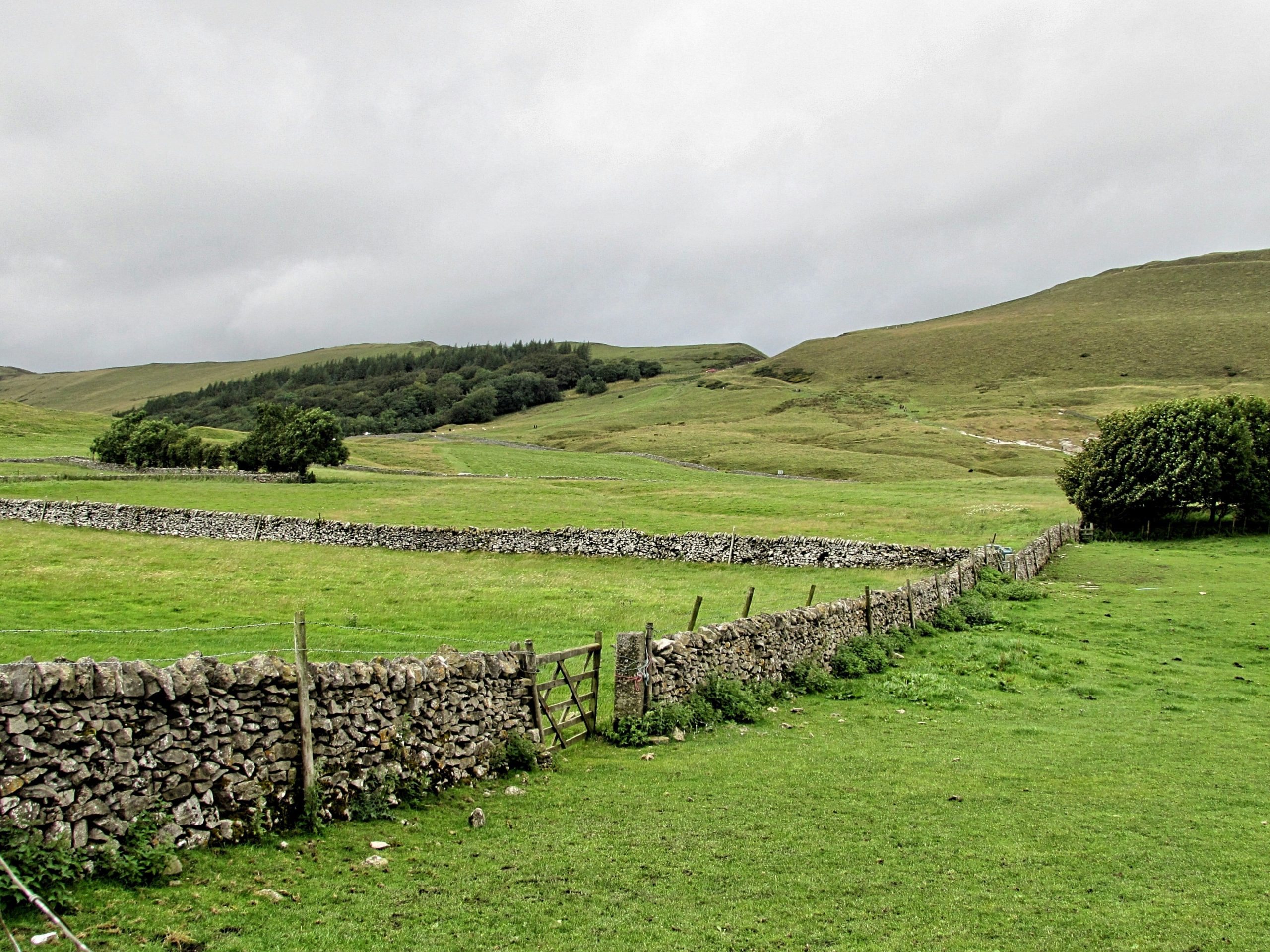

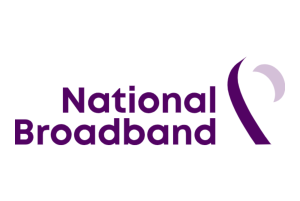

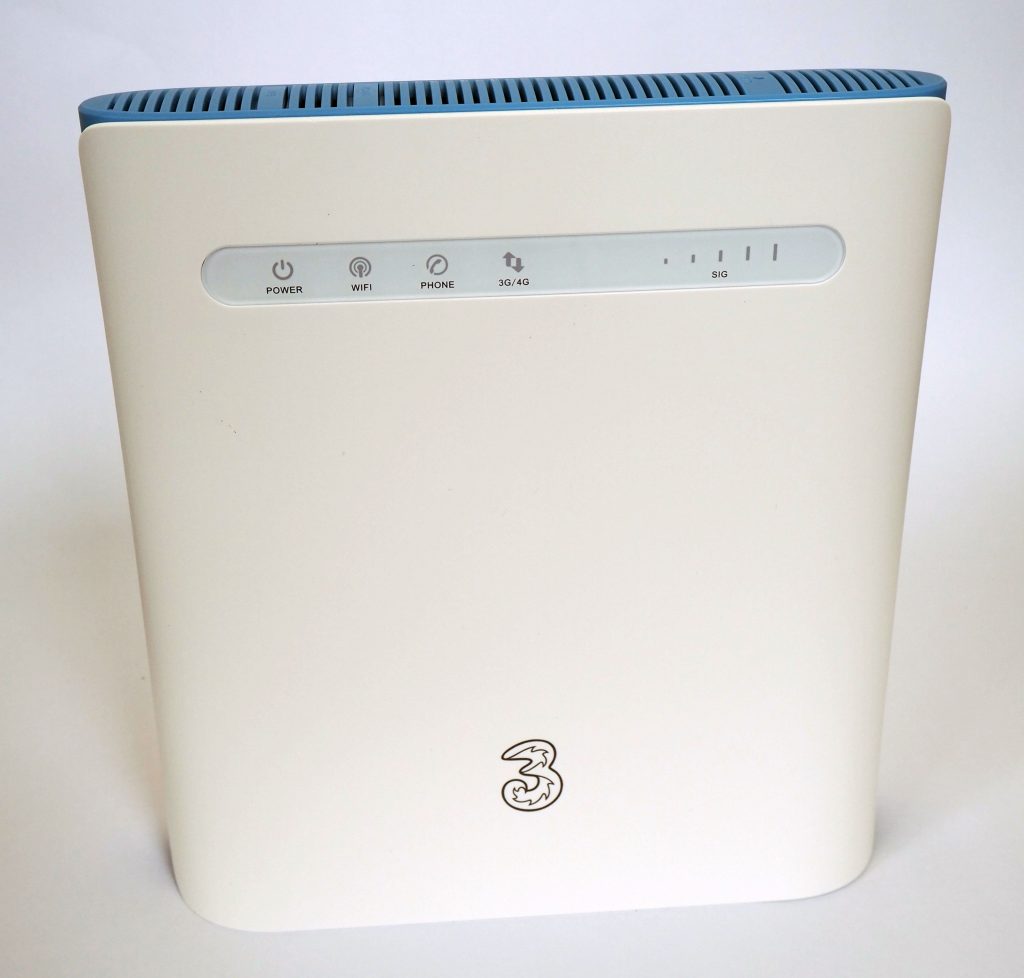


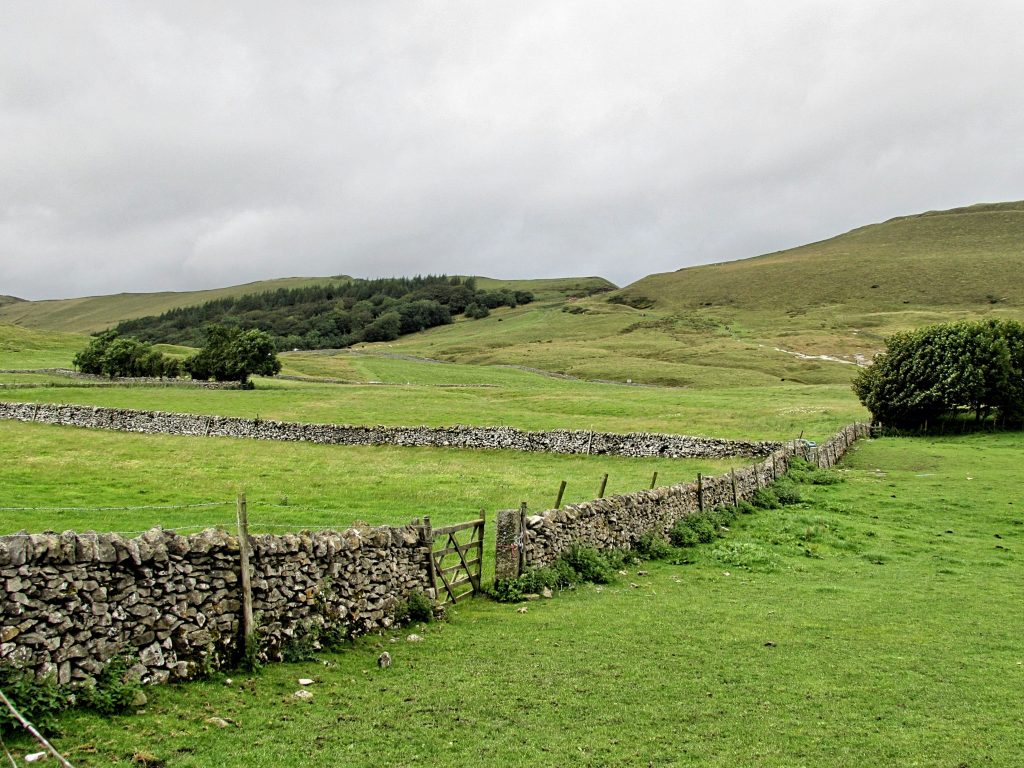
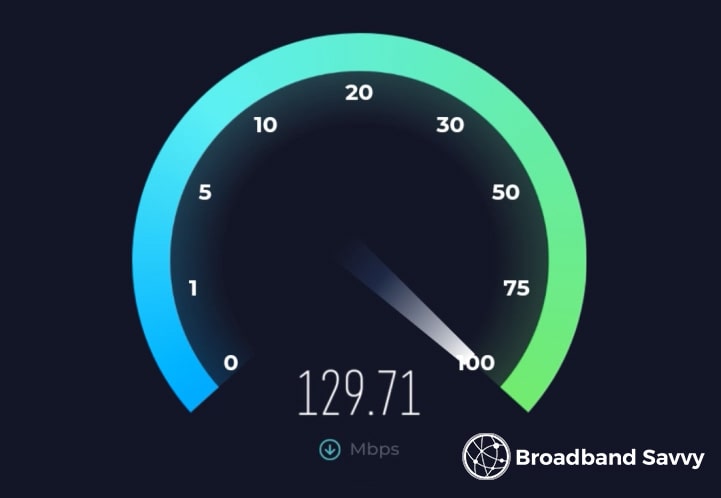

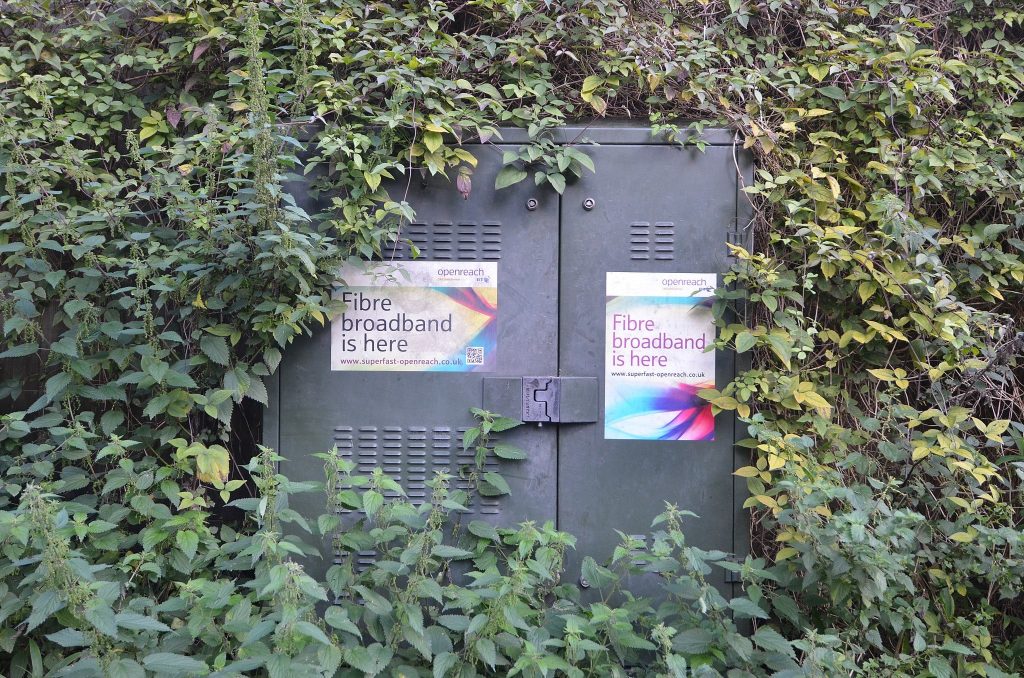




We are waiting for new broadband roll out but have been missed off by bt openreach and are on their list for govt voucher rollout but no timescales! in meantime our local dish based provider has gone into administration. We are looking for mifi option however we will need to get some kind of mast to get 4g as we are in a rural area with tall trees near Kinross. Any suggestions?
Hi Julie, National Broadband might be worth looking at. They offer unlimited 4G with a proper router, which will perform better than MiFi, and they’ll also install an antenna on your house for better signal.